Recovering from a sports injury can be a challenging journey, but ensuring you prevent re-injury is just as critical as the initial healing process. Whether you’re an elite athlete striving for peak performance or someone who enjoys recreational sports, taking the right precautions is key to avoiding setbacks. Here are some tips to Avoid Re-Injury After Sports Injury:
Some Common Sports Injuries in Australia

Australia is known for its active sporting culture, with millions of people participating in sports like rugby, cricket, soccer, AFL, and swimming. However, with increased activity comes the risk of injury. Here are the five common sports injuries seen across the country:
Knee Injuries (ACL and Meniscus Tears)
Knee injuries, especially anterior cruciate ligament (ACL) tears and meniscus tears, are common in high-impact sports such as AFL, rugby, and soccer. These injuries often occur due to sudden changes in direction, jumping, or collisions.
Ankle Sprains
Ankle sprains are prevalent in sports that involve running, jumping, and sudden stops, like basketball, netball, and tennis. Sprains occur when the ligaments surrounding the ankle are stretched beyond their limit.
Hamstring Strains
Hamstring strains often occur during sprinting, common in sports like cricket, AFL, and soccer. These injuries involve the muscles at the back of the thigh and are usually a result of overstretching or sudden bursts of speed.
Shoulder Injuries (Rotator Cuff Tears)
Sports like swimming, cricket, and rugby, which involve repetitive overhead motion, can lead to shoulder injuries such as rotator cuff tears. These injuries occur when the tendons in the shoulder are strained or torn.
Groin Strains
Groin injuries are common in sports that involve sudden sideways movements, such as soccer, AFL, and hockey. A groin strain happens when the muscles of the inner thigh are overstretched.
Why Does Re-Injury Happen?

Re-injury can occur when an injured area hasn’t fully healed, or when there isn’t enough strength, flexibility, or conditioning to support the return to physical activity. Some common factors that contribute to re-injury include:
Rushing the recovery process
Returning to activity too soon without fully rehabilitating the injury.
Lack of strength and conditioning
Not fully rebuilding strength and flexibility in the injured area.
Improper technique
Poor form or technique in sports can put extra stress on previously injured areas.
Insufficient rest and recovery
Not allowing enough time for muscles and ligaments to repair after physical activity.
Tips for Preventing Re-Injury

Preventing re-injury involves a combination of proper rehabilitation, ongoing care, and a mindful return to physical activity. Here are some practical tips to help you stay on track:
Complete Your Rehab Program
One of the most important steps in preventing re-injury is completing your rehabilitation program. Working with a physical therapist will ensure you fully recover strength, flexibility, and mobility in the injured area. Rehab exercises are designed to not only heal but also prevent future injuries by improving muscle control and endurance.
Gradually Return to Activity
It can be tempting to jump straight back into your sport, but it's crucial to take a gradual approach. Start with light exercises and slowly increase the intensity. Listen to your body and back off if you feel any discomfort or pain in the injured area. A gradual return allows your body to adapt to increased demands without overstressing vulnerable areas.
Use Proper Equipment and Technique
Whether you're playing competitive sports or training recreationally, using the right equipment and focusing on good technique is essential. Wearing appropriate footwear, using supportive braces, and practicing correct form can reduce the likelihood of re-injury. Work with a coach or trainer if necessary to improve your technique and avoid putting unnecessary strain on your body.
Warm-Up and Stretch
Warming up before physical activity increases blood flow to the muscles, which helps prepare your body for exercise and reduces the risk of injury. Stretching after your workout is also important to maintain flexibility and prevent tightness in the muscles. Incorporating a proper warm-up and stretching routine will help reduce the chance of re-injury.
Ice and Heat Therapy for Recovery

After physical activity, using ice and heat compression packs can help manage any pain or soreness that may arise. Ice therapy is particularly effective in reducing inflammation and swelling, while heat therapy promotes blood flow and relaxes tight muscles.
Our BodyICE Recovery ice & heat compression packs are designed to provide targeted relief for specific joints and muscles, making them a great addition to your recovery routine. Using these packs after exercise or when experiencing soreness can help keep inflammation in check, aiding in a faster and more complete recovery.
Re-injury can be a major setback, but with the right approach, it can be avoided. By completing your rehabilitation program, gradually returning to activity, focusing on proper technique, and incorporating recovery tools like ice and heat therapy, you’ll be in a strong position to prevent re-injury and return to the activities you love.

Stay proactive about your recovery and explore our BodyICE Recovery ice & heat compression packs here to support your long-term injury management plan.


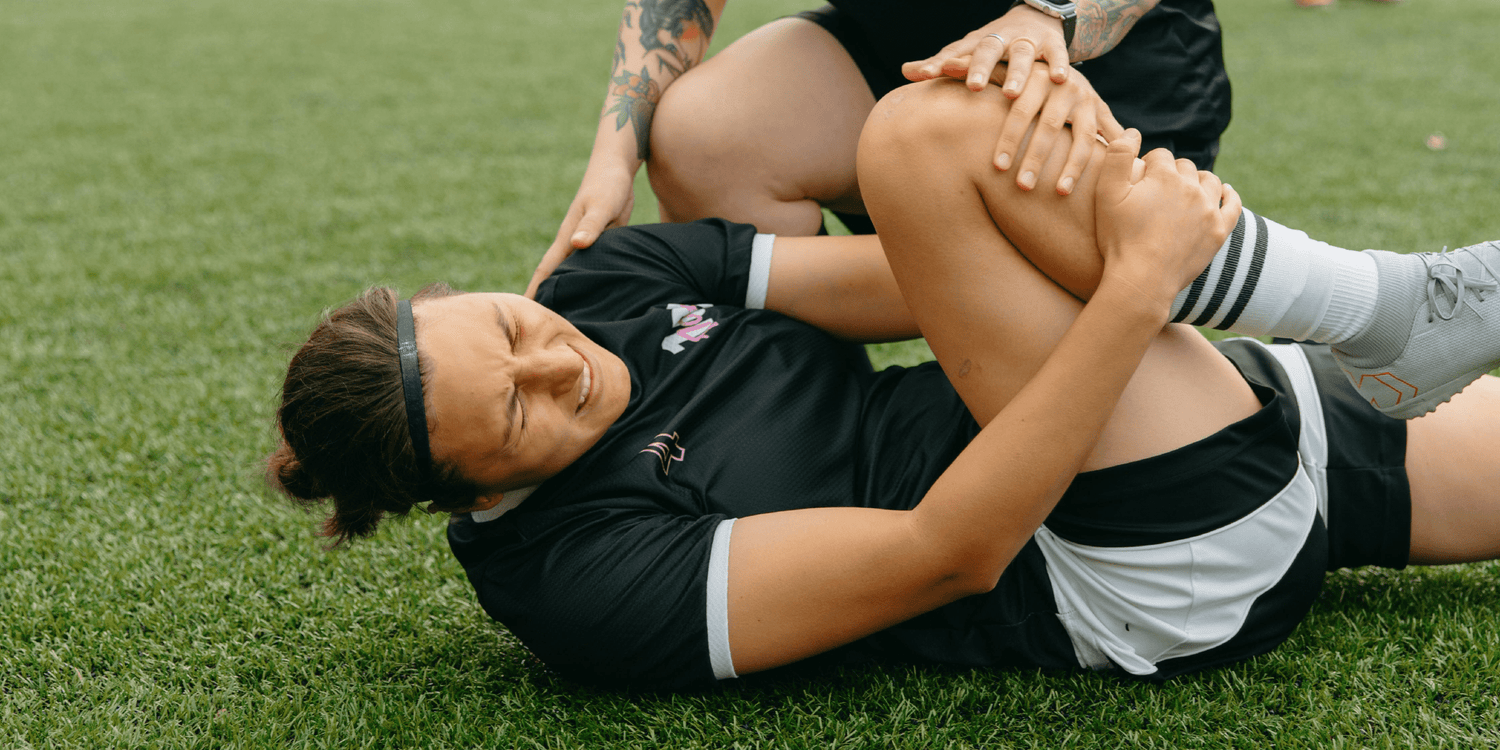


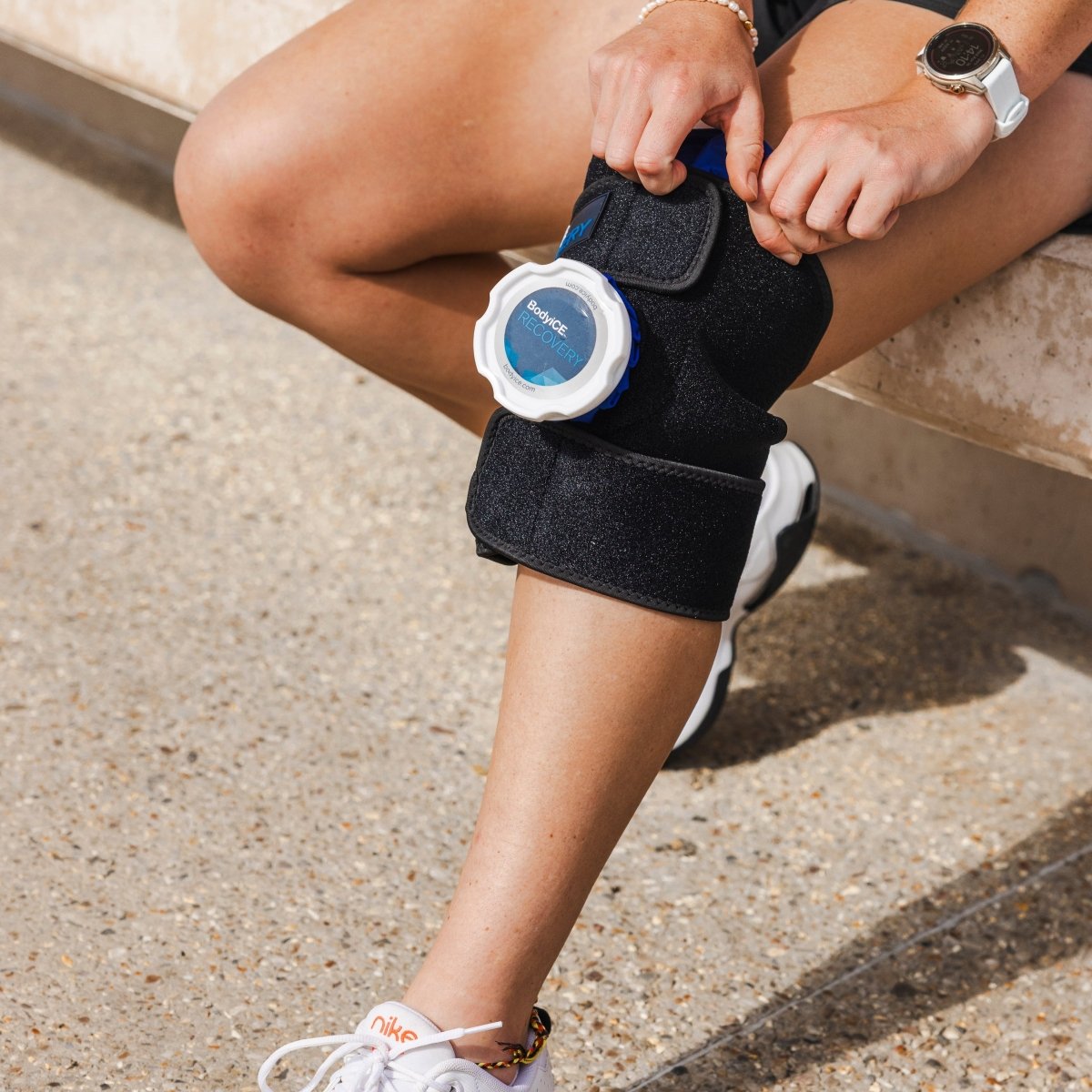

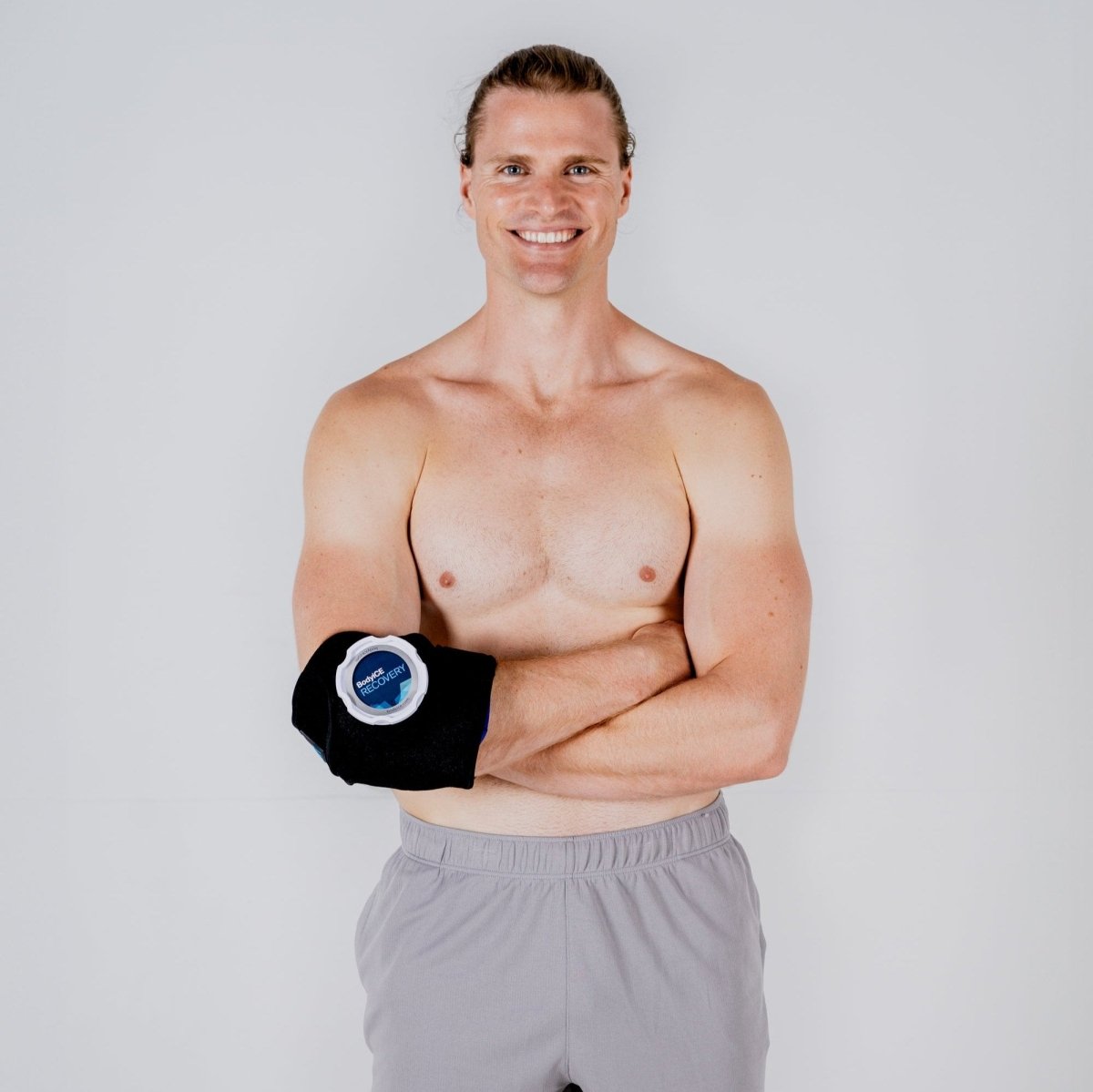


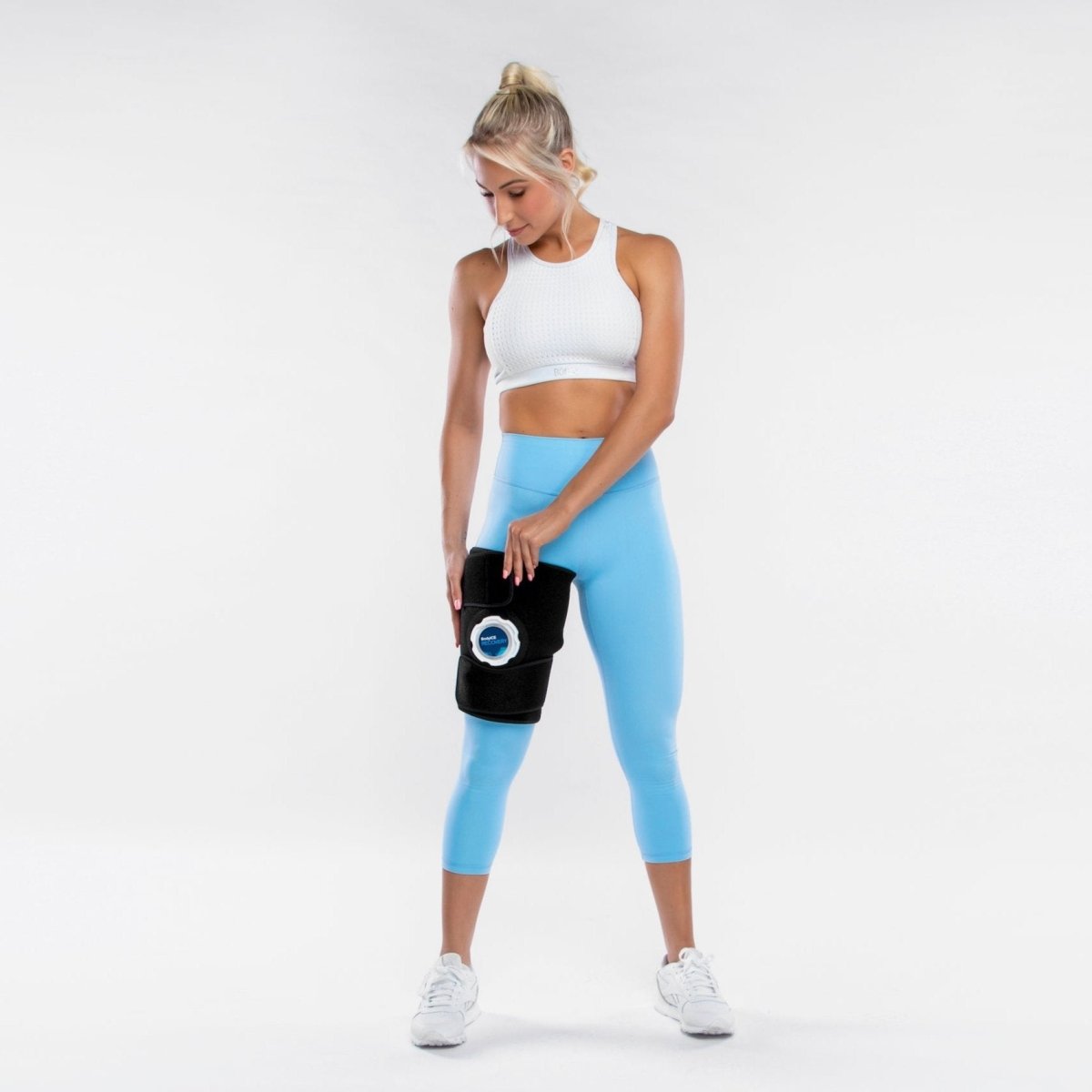




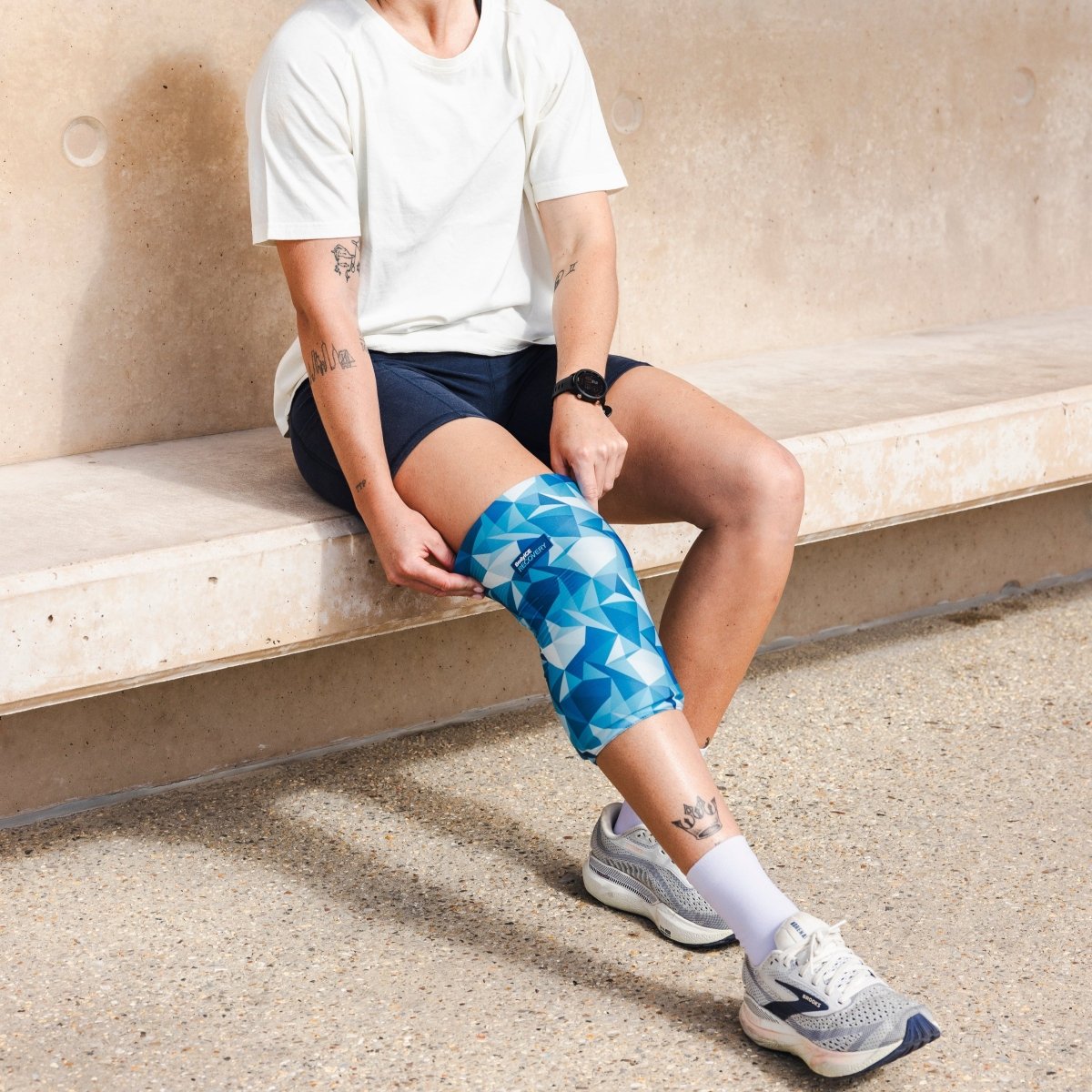
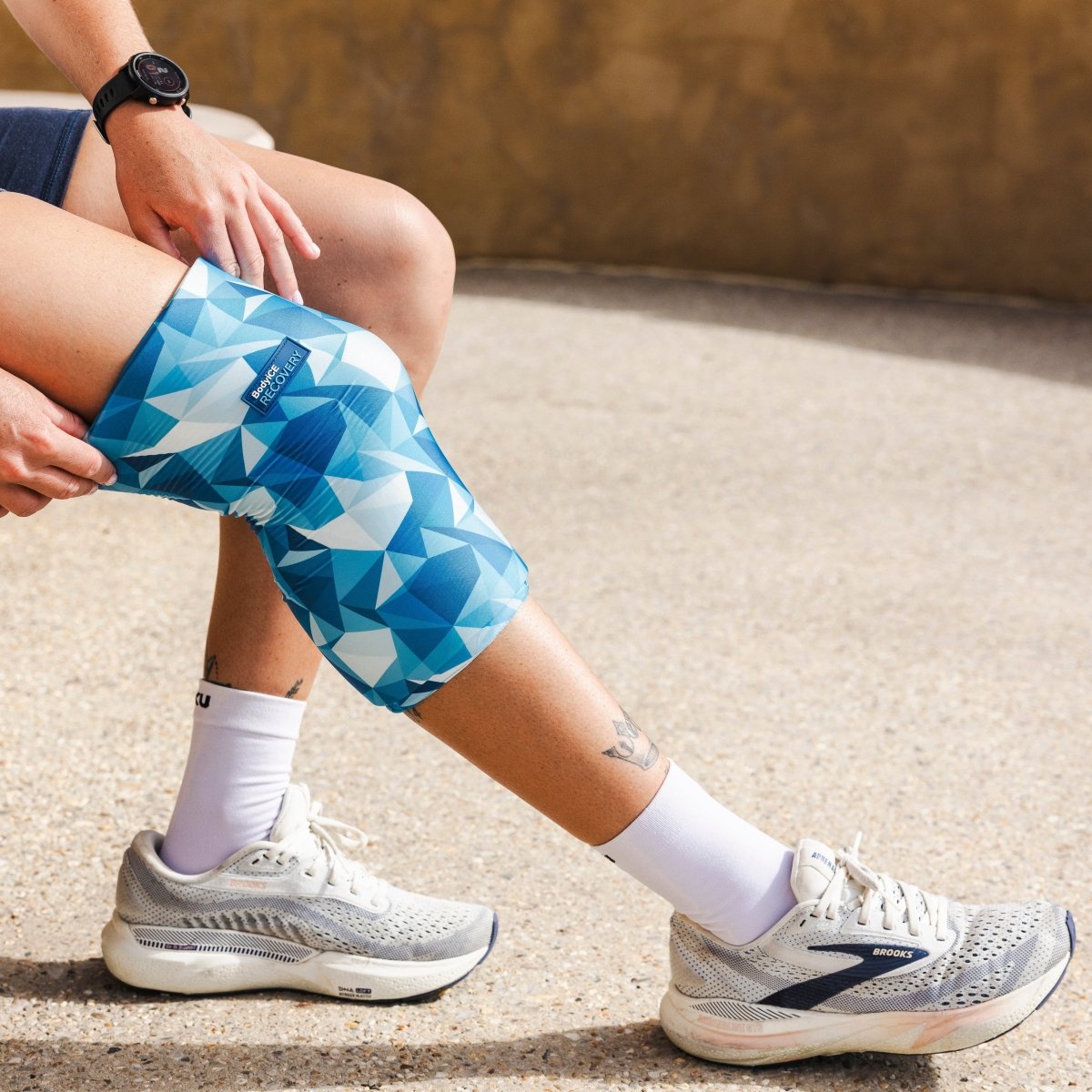
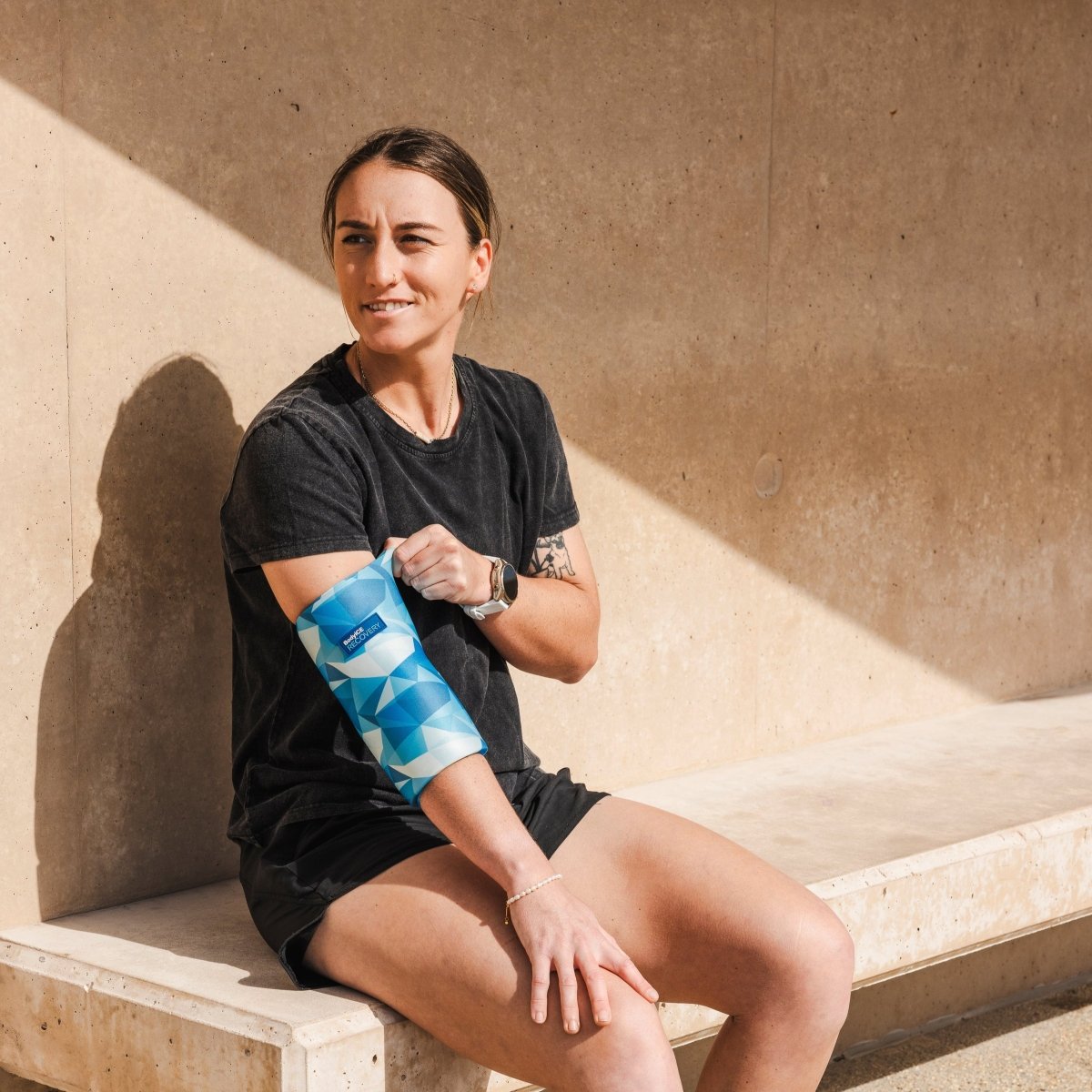
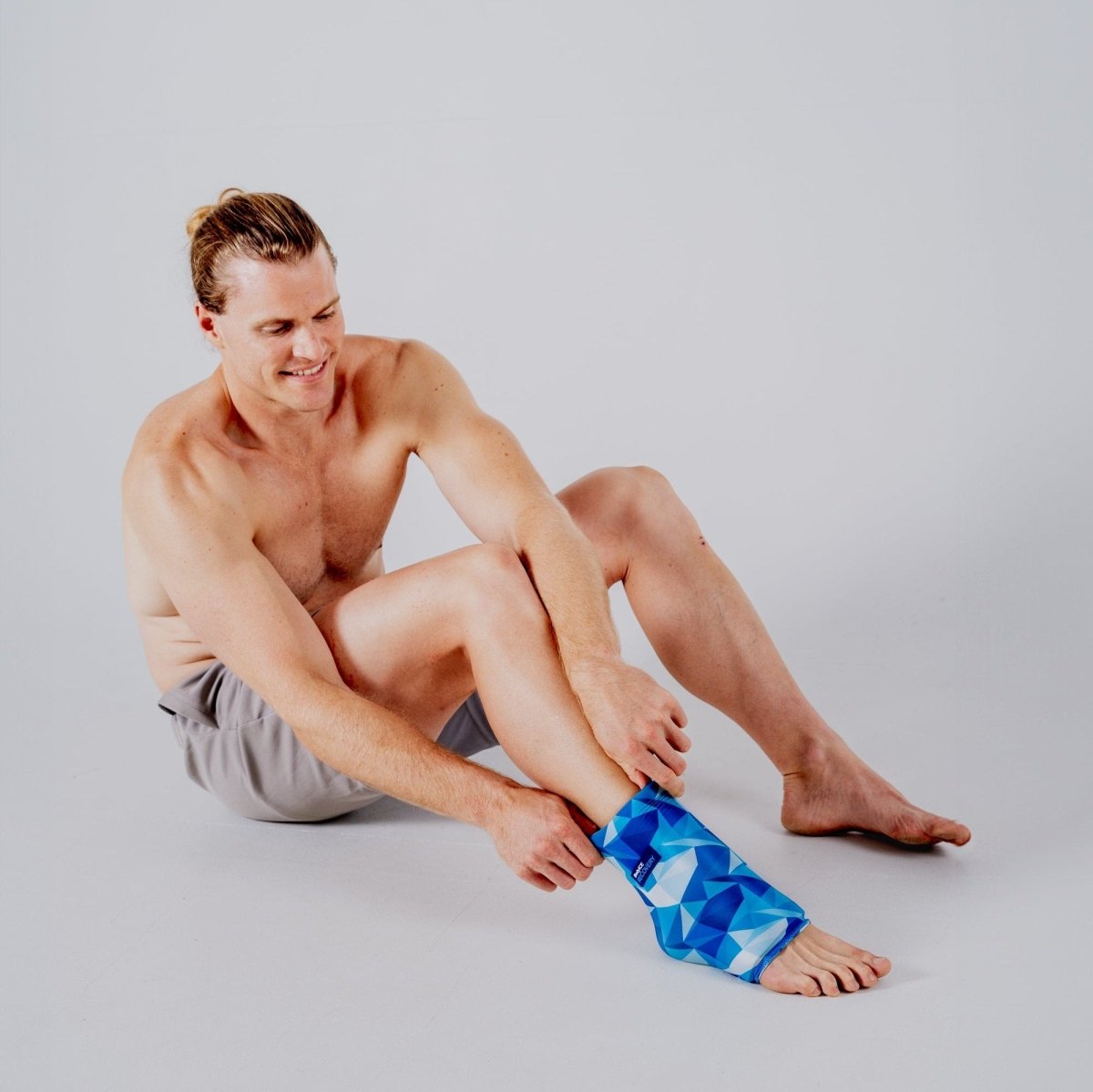
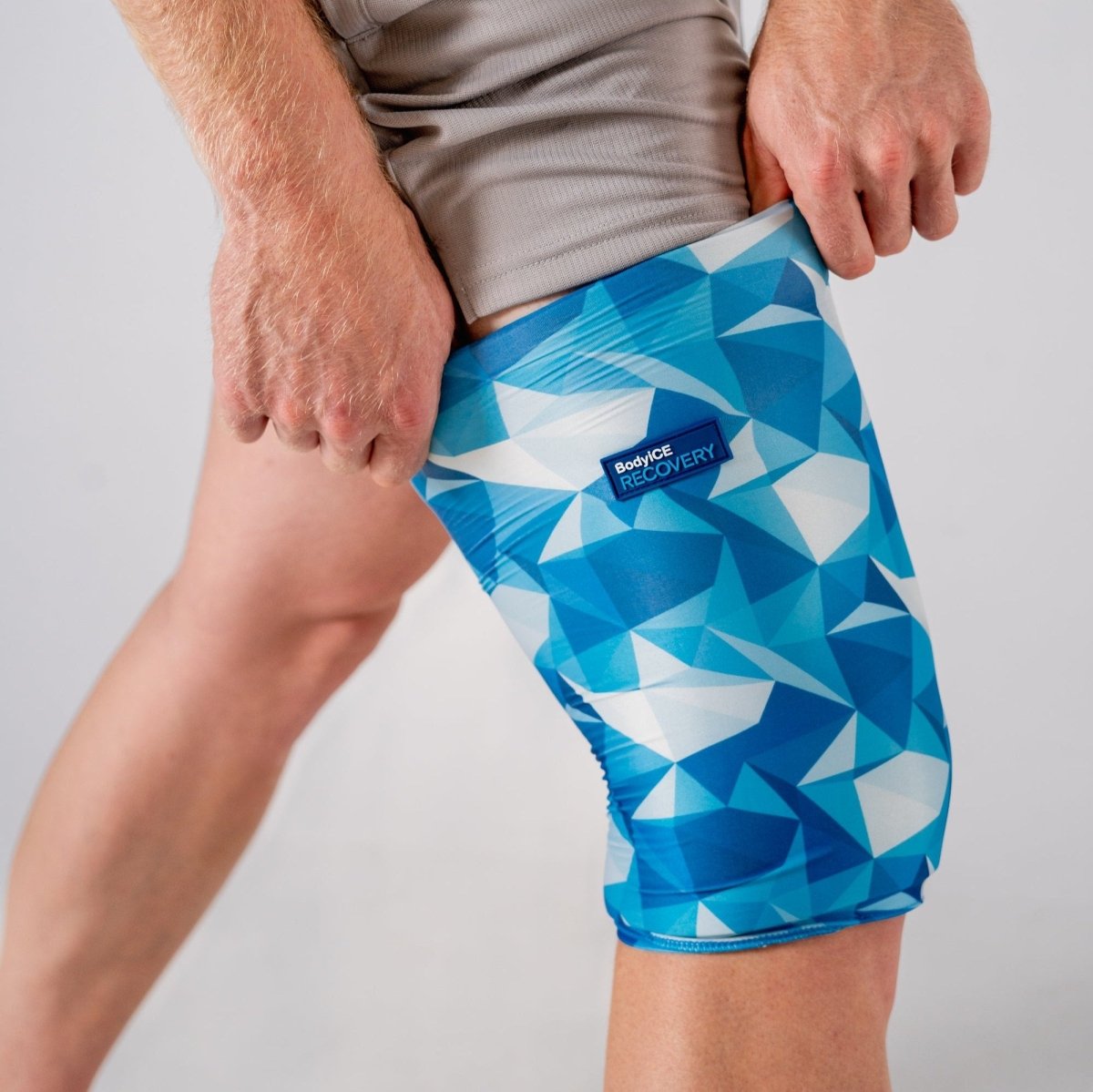
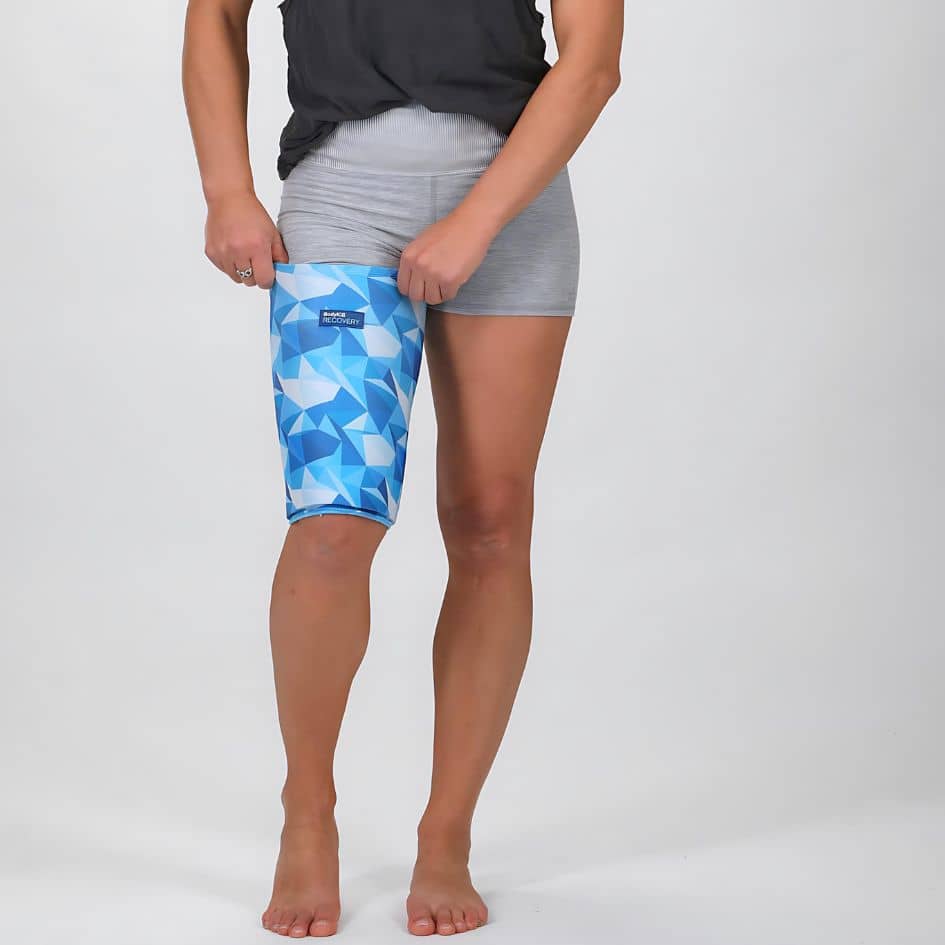
Leave a comment
All comments are moderated before being published.
This site is protected by hCaptcha and the hCaptcha Privacy Policy and Terms of Service apply.